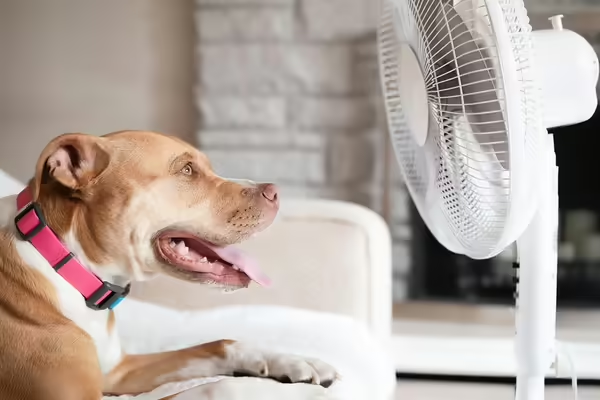
URBANA, Ill. — Excessive heat will once again blast much of the United States next week, with heat indices predicted to reach 110 degrees Fahrenheit or more in many locations. University of Illinois Urbana-Champaign animal welfare expert Angela Green-Miller says pets and livestock are at risk, and it’s up to humans to keep them safe.
Green-Miller runs the Animal Welfare, Environment, and Sustainability Laboratory as an associate professor in the Department of Agricultural and Biological Engineering, part of the College of Agricultural, Consumer and Environmental Sciences and The Grainger College of Engineering at Illinois.
In the full article, she answers common questions from pet owners and livestock producers:
- First of all, how do animals cool themselves?
- Don’t some animals not sweat? How do they keep cool?
- What can humans do to help animals when it’s hot? Let’s start with pets.
- What about livestock?
- What are the potential economic impacts of excessive heat on the livestock industry? Are there predictable dips in productivity every summer?
Read the full article from the College of ACES.
University of Illinois Extension develops educational programs, extends knowledge, and builds partnerships to support people, communities, and their environments as part of the state's land-grant institution. Extension serves as the leading public outreach effort for University of Illinois Urbana-Champaign and the College of Agricultural, Consumer and Environmental Sciences in all 102 Illinois counties through a network of 27 multi-county units and over 700 staff statewide. Extension’s mission is responsive to eight strategic priorities — community, economy, environment, food and agriculture, health, partnerships, technology and discovery, and workforce excellence — that are served through six program areas — 4-H youth development, agriculture and agribusiness, community and economic development, family and consumer science, integrated health disparities, and natural resources, environment, and energy.